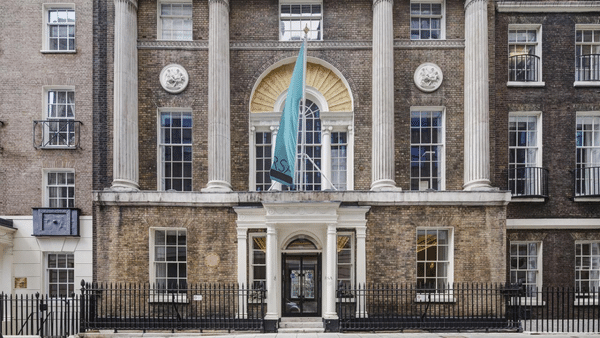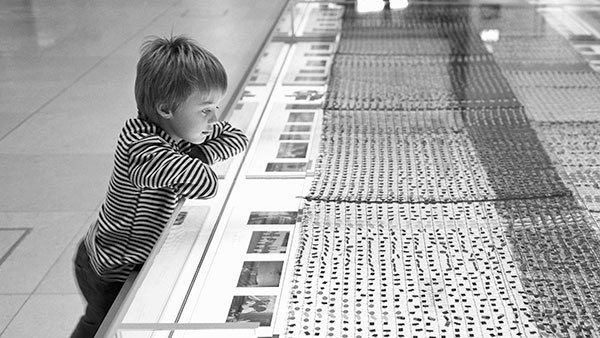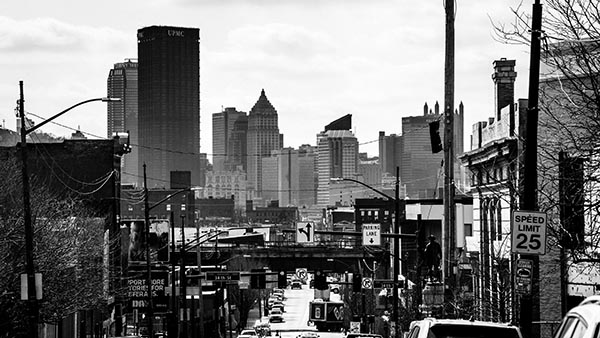In my last post, in the context of the Labour Party’s new leadership, I wrote about the need to combine new ideas with credible models of change. Gaining this insight was a journey for me, implementing it has been another. But today is a milestone.
I loved my time between 1998 and 2003 as Director of IPPR. The organisation more than doubled in size and grew in influence and profile. I didn’t do the hard research graft myself but during my years our work on the Children’s Trust Fund, pension reform and the strengths and weaknesses of public private partnerships was high quality and impactful.
My sense of pride lasted until an anniversary dinner of the Institute a few years later at which one of its founders, Patricia Hewitt, paid warm tribute to the intellect and influence of its present and other past directors. I sat back waiting to receive my own accolade only to hear Patricia say ‘oh, and we mustn’t forget Matthew and his unique sense of humour’. Laugh? I nearly cried.
But putting aside, just for a moment, my pain and bitterness, the combination of my years at IPPR and in Downing Street gradually led to a disillusionment with aspects of the traditional think tank model of change. In essence, this model assumes that the key driver of social progress is better policy and that to secure better policy means both writing it and helping to create a climate of opinion in which it is accepted (in other words getting stories in the mainstream media).
This approach has its merits and sometimes is indeed the right answer (I still think IPPR is a great organisation and its Director, Nick Pearce, who has just stepped down can be proud of what he has achieved). However, I have written extensively elsewhere about the problems with what I call the policy presumption. The question in which I have become more and more interested is ‘how do we engage and mobilise citizens themselves as agents of change?’
So one of the reasons I was attracted nine years ago to the RSA was the potential I saw for different models mobilising the Society’s unique array of resources. ‘Potential’ is the right word because there were some very big barriers. Lowering these has meant inter alia changing our methods of Fellow recruitment (to put more emphasis on values and purpose), enabling changes in the activist culture of Fellowship, opening up our ideas platform to the world, developing a more impactful and diverse set of projects, and being clearer about our mission and focus. When the going has been particularly tough, I have relied on supportive Trustees, colleagues and friends to remind me of the destination of all this change.
Now, at last, that ideal is taking practical form. Today, with the generous support of the Heritage Lottery Fund, we are publishing our Heritage Index. It’s a clever and provocative data mash up that enables anyone to see how their locality rates in terms of heritage assets and participation. But it’s the wider setting of the project that excites me.
The project’s starting point was the question ‘how can heritage play a more central role in thinking about the future of places?’ I wrote a short essay on the topic and delivered a speech for an HLF event. The interest the speech generated led to an initial piece of cheap and cheerful research work in which, with my colleague, Clare Devaney, we explored the question in three places: Manchester, Stoke and Plymouth.
This research identified what we called ‘an identity gap’ at the heart of place shaping. The reason heritage wasn’t considered a strategic asset was partly an ambivalence or confusion about the very idea of local identity. Perhaps this is not surprising given something that Charlie Leadbeater told me last year following research he had done on low income Londoners. Charlie told me that the phrase ‘I’m not racist but…’ which was for years used by people as a prelude to complaining about immigration and diversity had been replaced with a new phrase; ‘things have changed a lot around here…’.
The heritage index is an engaging tool but its aim is to act as a catalyst for a richer local conversation about heritage and its role, including the way incomers both relish and add to local identity. Which takes us back to the RSA and models of change.
Ahead of today’s launch we have identified a group of RSA Fellows as heritage champions who will use the data to spark local debate. Then in turn we will learn from these local debates as the project moves to its next stage, which involves exploring what kind of institution or resource is needed to bring heritage ideas and people together and promote identity as a key issue in local economic development, policy making and civic engagement. We will be looking at these issue in particular depth – with local leaders – at special events in Dundee, Oldham and Bristol.
As well as this combination of data analysis, desk based and field research plus Fellowship engagement, we will also use our ideas platform in the form of our web site, a special RSA Journal and a livecast event here on 8th October. We’ve even got an interactive map in the entrance hall of John Adam Street, which our much loved receptionist, Babs, tells me has already had more use than any previous display
It is far too soon to know whether we will achieve our ultimate goal - which is for heritage in all its forms to be seen as a rich, multi-faceted and strategic asset in shaping the future of places. But we do know that this project shows how the RSA can develop an innovative model of change combining primary research, data analysis, mass communication, network building and mobilisation.
This is the way I hope more and more RSA projects will develop: a model of change which draws on all our assets and a model which enriches society.
Related articles
-
Design for Life: RSA history towards our mission
Joanna Choukeir
Jo Choukeir explains how our Design for Life mission came to be and how it will unlock opportunities to regenerate our economy, society and environment.
-
Can qualitative data production within heritage work rebalance power in service of communities?
Rachel Sharpe FRSA Michelle Cook
How can we use data to valorise expressions of care and relationship building within heritage work?
-
Glasgow and Pittsburgh: cities of steel
Jamie Cooke
New partnership between two cities with a bright future.




Be the first to write a comment
Comments
Please login to post a comment or reply
Don't have an account? Click here to register.